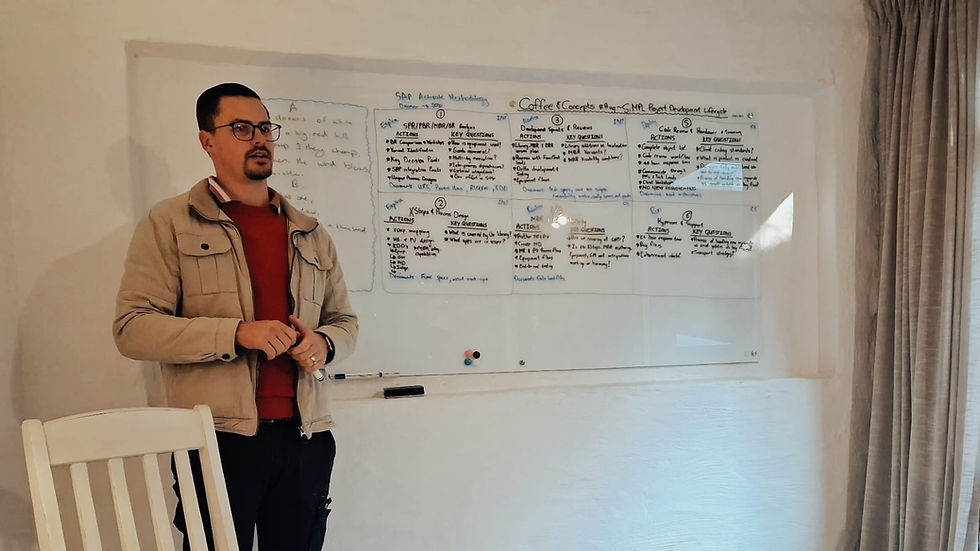Lunch & Learn Recap: Outliers and Prompt Engineering
- keeanferreira
- Jun 12
- 2 min read
Updated: Jul 14
Presented by: Gustav Grotius

Part One: What Makes an Outlier?
In the first half of this thought-provoking Lunch & Learn, we unpacked ideas from Malcolm Gladwell’s Outliers to understand the hidden forces that shape extraordinary achievements.
Success isn’t just about talent. It's about:
Timing — Be born in the right era (hello, tech boomers)
Opportunity — Access to the right tools, people, and moments
Culture — The values and habits that shape how we learn and work
Effort — Grit, grind, and those 10,000 hours of practice
Why Some People Stand Out
Not all success is built the same. Sure, talent matters — but other factors often play a bigger role than we think.
One Surprising Example 🏒
The Birthday Advantage — Canadian hockey stars are often born early in the year, giving them a youth sports edge that snowballs over time. 📈 That’s the Matthew Effect: small early advantages lead to big long-term wins.
The 10,000 Hour Rule — Myth or Magic? 🎸
The Beatles leveled up with nonstop gigs in Hamburg. 💻 Bill Gates had rare early access to computers. It’s not just talent — it’s time spent practicing that creates mastery.
Timing Is Everything 👨💻
Jobs, Gates, and Ellison were born at just the right moment to ride the wave of personal computing. Being in the right era can be a game-changer.
Culture Shapes Success 🛫
Korean Air improved safety by changing how crews communicated. 🧮 Asian students thrive in math thanks to culture and language. 🌍 Bottom line? Culture shapes how we learn, lead, and succeed.
Key Takeaways ✅
Success = Talent × Opportunity × Culture × Effort ✅ Early advantages (even small ones) matter more than we think ✅ Culture can accelerate or inhibit progress — awareness is key ✅ Greatness is often built behind the scenes, over time
Lunch & Learn Recap Part two: Mastering Prompt Engineering
In the second half of our session, we dove into the powerful (and practical) world of prompt engineering — the art of crafting great inputs for large language models (LLMs) to get better outputs.
What Is Prompt Engineering?
It’s not just what you ask — it’s how you ask it. A well-structured prompt can turn a generic response into something accurate, insightful, and tailored to your needs.
🧠 Prompt Styles We Covered:
We explored key styles, including:
Instructional — Direct, task-based commands
Zero-shot — Asking without examples
Chain-of-thought — Encouraging step-by-step reasoning
🛠️ Writing Better Prompts
Clarity — Be precise
Context — Provide background info
Constraints — Set limits (tone, length, format)
Formatting — Use structure and lists
Examples — Show what you want
🚀 Advanced Techniques
We also introduced more advanced strategies to take your prompts further:
Prompt Chaining — Linking multiple prompts to build complex workflows
ReAct (Reason + Act) — Guiding the model through reasoning and decision steps
RAG (Retrieval-Augmented Generation) — Feeding in external knowledge for richer, more accurate answers
Final Takeaways
✅ Great prompts = better results
✅ You don’t need to be technical to master this skill
✅ Prompt engineering is a game-changer for anyone working with AI
Want to improve fast? Start experimenting — and don’t be afraid to tweak and test.
#LunchAndLearn #Outliers #PromptEngineering #AItools #SmartPrompts #LarkAndStern #ContinuousLearning #GrowthMindset



